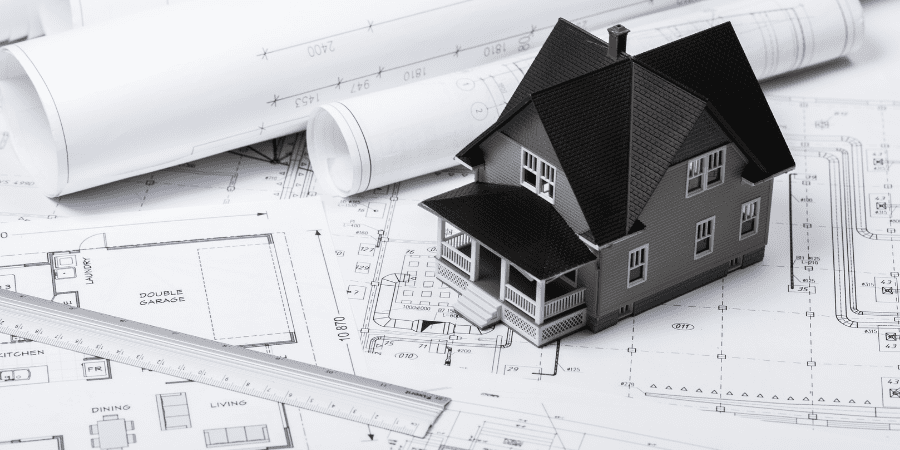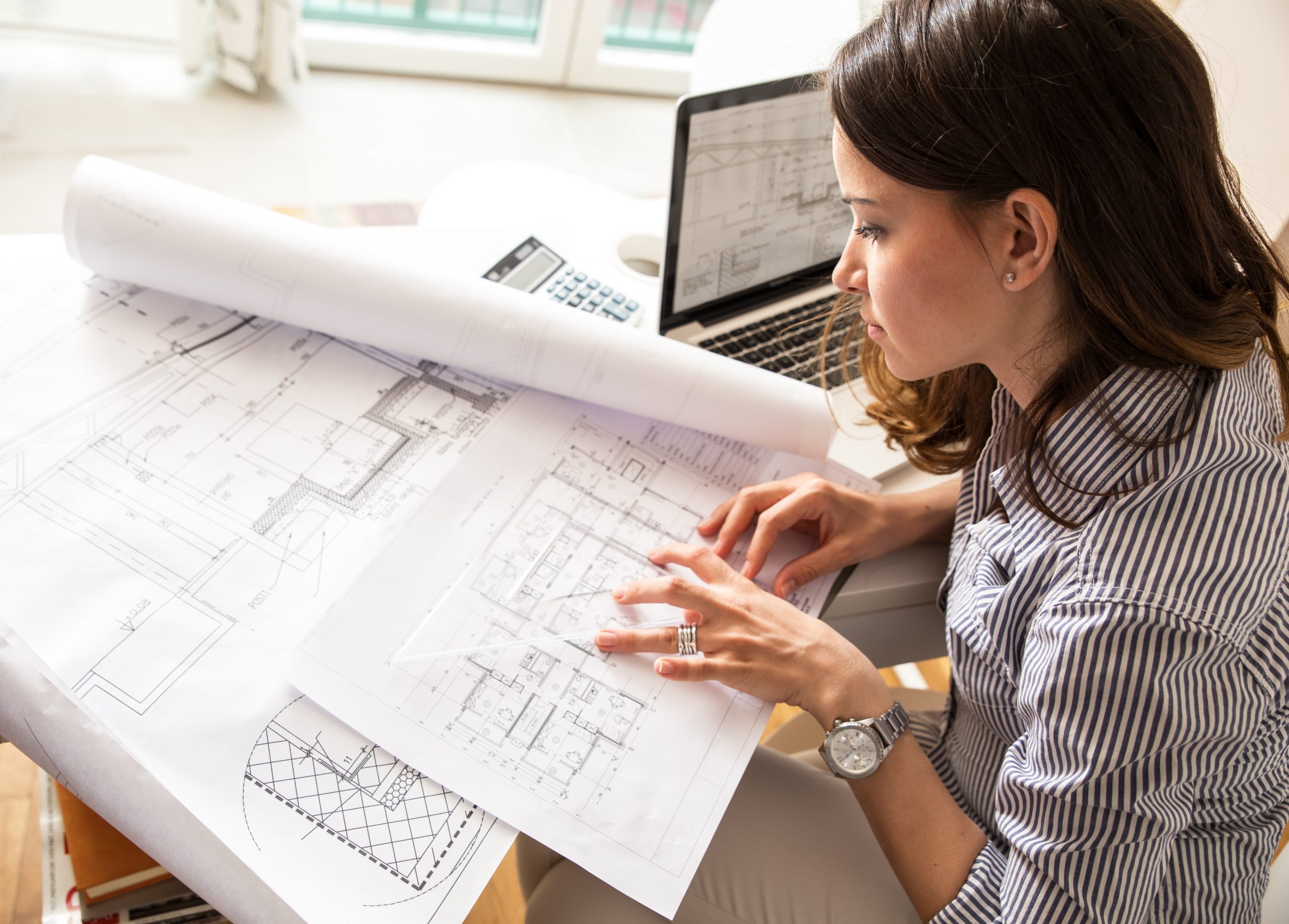Comprehending the Diverse Profession Paths Available for Aspiring Architect
As an ambitious Architect, you have a world of occupation courses waiting for you. Whether you're drawn to standard design or the subtleties of lasting design, there's a specific niche that lines up with your passions.
Typical Style: Creating Frameworks and buildings
Standard design focuses on creating structures and frameworks that blend capability with aesthetic charm. Your layouts can mirror cultural heritage, showcasing neighborhood practices while meeting contemporary requirements.
You'll establish skills in preparing, model-making, and website analysis, permitting you to visualize and connect your ideas properly. Involving with customers, you'll need to recognize their vision and translate it right into viable layouts.
Additionally, building codes and sustainability methods are important in your job, guaranteeing your structures are secure and eco-friendly. As you grow in your occupation, you'll find opportunities in property, commercial, and even repair tasks, each offering one-of-a-kind challenges. Embracing typical design leads the way for a satisfying career that admires the past while shaping the future.
Urban Planning: Shaping Communities and Public Spaces
As an aspiring Architect, you can play an essential duty as an urban planner, transforming just how communities connect and work. By employing neighborhood involvement strategies, you'll ensure that residents have a voice fit their setting. Plus, integrating sustainable style principles will help develop areas that not only meet today's demands yet also secure the future.
Duty of Urban Planners
While numerous may think of architects as the single visionaries behind structures, urban coordinators play a vital role in shaping the wider landscape of communities and public areas. By teaming up with different stakeholders, you'll assist design parks, transport systems, and household areas that promote social interaction and access. Your experience in spatial style and neighborhood characteristics allows you to envision future growth while preserving social heritage.
Neighborhood Involvement Techniques
Effective neighborhood engagement approaches are vital for city planners to ensure that the voices of locals are listened to and valued in the preparation process. To foster purposeful dialogue, you ought to prioritize open discussion forums and workshops where community members can express their ideas and problems. Usage surveys and social networks to reach a wider target market, ensuring varied point of views are consisted of. Working together with regional companies can enhance count on and help with much deeper links. It is very important to supply clear details about suggested projects and decision-making processes, allowing homeowners to really feel informed and encouraged. By actively paying attention and including responses, you'll create spaces that mirror the community's requirements, eventually resulting in more sustainable and effective urban settings. Accept openness and continuous dialogue for long lasting impact.
Lasting Style Principles
When making city spaces, integrating lasting style principles is essential for developing settings that flourish both environmentally and socially. You must start by concentrating on energy efficiency, utilizing products that reduce waste and advertise recycling. Take into consideration integrating green areas, like yards and parks, to improve biodiversity and improve air high quality. Advertising walkability and public transportation can reduce dependence on autos, fostering a healthier community.
Creating with water conservation in mind is additionally key-- think of rain yards and permeable surface areas to take care of stormwater. Entailing neighborhood members throughout the preparation procedure warranties that the rooms you produce meet their demands and urge social communication. By welcoming these principles, you'll add to vibrant, sustainable metropolitan landscapes that benefit every person.

Landscape Design: Creating Sustainable Outdoor Environments
As you explore landscape style, you'll discover vital design principles that create practical and beautiful outside spaces. Lasting techniques play a crucial duty in making sure these environments flourish while decreasing ecological influence. And also, you'll locate a selection of profession possibilities that allow you to make a genuine distinction in exactly how individuals engage with nature.
Style Concepts in Landscape
Understanding style concepts in landscape architecture is essential for producing sustainable outside atmospheres that integrate with nature. You'll require to ponder elements like scale, balance, and percentage to ensure your layouts really feel natural and welcoming. Including native plants not only improves biodiversity but also minimizes water use, making your landscape resistant. Believe concerning the flow of area and just how individuals interact with it; pathways and seating locations need to welcome expedition and leisure. Additionally, pay attention to seasonal changes, designing with materials that complement the environments year-round (Architect). By focusing on sustainability and aesthetics, you can develop outside areas that improve the neighborhood and advertise health. Embracing these concepts will set a strong foundation for your profession in landscape architecture.
Lasting Practices Review
Lasting practices in landscape design not just concentrate on aesthetic appeals yet additionally prioritize ecological health and source preservation. By integrating native plants, you enhance biodiversity and reduce the demand for chemical plant foods and pesticides. Executing efficient watering systems assists save water and minimizes runoff, shielding nearby environments. You can design rooms that promote dirt wellness, such as making use of organic materials and exercising permaculture concepts. Additionally, including green facilities, like rainfall yards and permeable pavements, aids in stormwater administration and lowers city warmth. You add to a healthier planet and offer spaces that cultivate community connection when you develop outdoor settings with sustainability in mind. Eventually, these techniques guarantee your styles profit both people and the setting for many years ahead.
Occupation Opportunities Expedition
With a strong foundation in sustainable methods, landscape style provides more info a variety of profession paths that enable you to make a purposeful impact on the environment. Urban coordinators typically collaborate with landscape designers to develop environment-friendly spaces in city settings, improving city livability. If you're enthusiastic regarding education and learning, take into consideration ending up being a landscape design educator, inspiring future generations.
Lasting Design: Concentrating On Eco-Friendly Practices
As you explore your profession in style, welcoming environment-friendly methods can establish you apart in an affordable area. Sustainable style concentrates on producing buildings that decrease environmental influence while enhancing owner well-being. By incorporating sustainable materials, energy-efficient systems, and lasting structure techniques, you'll add to a greener future.
Begin by obtaining expertise of environment-friendly certifications like LEED or BREEAM, which can reinforce your qualifications. Consider just how all-natural light, air flow, and thermal performance can enhance layout. Work together with engineers and ecological experts to innovate services that decrease waste and preserve resources.
Don't neglect the relevance of area participation-- appealing local stakeholders can inspire designs that harmonize with the setting. As customers increasingly focus on sustainability, your experience in environment-friendly techniques will not just bring in tasks however likewise accomplish your interest for responsible design. Embrace this critical facet of the profession, and watch your career flourish.
Historical Conservation: Safeguarding and Bring Back Cultural Heritage
While you commence read more on your building trip, consider the necessary role of historical preservation in maintaining our cultural heritage. This area concentrates on the security and remediation of significant structures, sites, and frameworks that tell the tales of our past. By participating in historical preservation, you'll assist safeguard the building legacy that shapes community identification.
As a historic conservation Architect, you'll assess historical value and evaluate the condition of structures. You'll work very closely with chroniclers and preservationists to assure genuine reconstruction techniques are employed. This occupation course permits you to mix imagination with research, allowing you to design options that appreciate original materials and workmanship.
Your work not only adds to sustainability by recycling existing structures but additionally cultivates a feeling of satisfaction within areas. Accepting this path will certainly assist you end up being a guardian of background, protecting the tales and appearances that enrich our lives.
Inside Architecture: Enhancing Indoor Spaces
Historic conservation and indoor style both share a commitment to enhancing the developed environment, yet they concentrate on various elements. While historical preservation emphasizes preserving a framework's historic and cultural value, interior design absolutely nos in on optimizing indoor rooms for functionality and aesthetic appeals.
As an aspiring Architect, you'll discover that indoor design enables you to mix creative thinking with technical skills. You'll design areas that not only look excellent yet also advertise convenience and efficiency. This field involves understanding just how light, shade, and products interact within a room, influencing mood and usability.
You'll deal with numerous projects, from property homes to commercial workplaces, making certain that each atmosphere satisfies the requirements of its residents. By focusing on individual experience, you can transform insides right into practical and inspiring areas, making a substantial influence on just how individuals interact with their surroundings. Welcome the possibility to boost interior atmospheres and shape the way people function and live.
Industrial Layout: Combining Performance With Appearances
Commercial layout plays a crucial duty in producing products that perfectly blend aesthetic appeals with capability, making certain that what you utilize day-to-day is not just aesthetically attractive but additionally sensible. As a hopeful Architect, you can involve yourself in this field, concentrating on developing everything from furnishings to consumer electronics. Your job entails comprehending user demands, materials, and making processes, allowing you to produce innovative remedies that improve day-to-day experiences.
In commercial layout, you'll usually collaborate with engineers, suppliers, and marketers, ensuring that your designs are not just stunning yet additionally viable. This job course uses a dynamic setting where creative thinking fulfills usefulness, making it a satisfying option for architects interested in shaping the items of tomorrow.
Regularly Asked Concerns
What Educational Credentials Do I Need to Come To Be an Engineer?
To come to be an architect, you'll require an expert degree in architecture, normally a Bachelor's or Master's. Furthermore, you'll need to complete a teaching fellowship and pass the Architect Enrollment Exam to exercise legitimately.
Exist Accreditation Requirements for Various Architectural Profession Paths?
Yes, there're certification requirements for different building paths. Architect. You'll require to pass examinations, full teaching fellowships, and in some cases seek specialized training, depending on your selected focus, like landscape style, metropolitan design, or historical preservation
What Software Abilities Are Necessary for Architects Today?

Just How Can I Gain Practical Experience While Researching Design?
You can acquire useful experience by interning at architectural companies, taking part in style competitors, offering for community jobs, or working together with schoolmates on real-world tasks. These opportunities boost your skills and click here construct useful connections in the sector.
What Task Opportunities Exist Outdoors Standard Architecture Firms?
You can check out various job possibilities outside standard design companies, like urban planning, indoor design, landscape style, building monitoring, real estate growth, or even functions in sustainability consulting. Each offers special obstacles and benefits.
Whether you're attracted to traditional design or the subtleties of sustainable layout, there's a niche that aligns with your passions.When developing city spaces, incorporating lasting layout concepts is important for developing environments that flourish both ecologically and socially.As you check out landscape style, you'll discover vital style concepts that develop useful and gorgeous outside areas.Recognizing layout concepts in landscape architecture is important for developing sustainable outdoor environments that harmonize with nature.In industrial style, you'll typically work together with marketing experts, designers, and makers, making certain that your designs are not just attractive yet likewise possible.